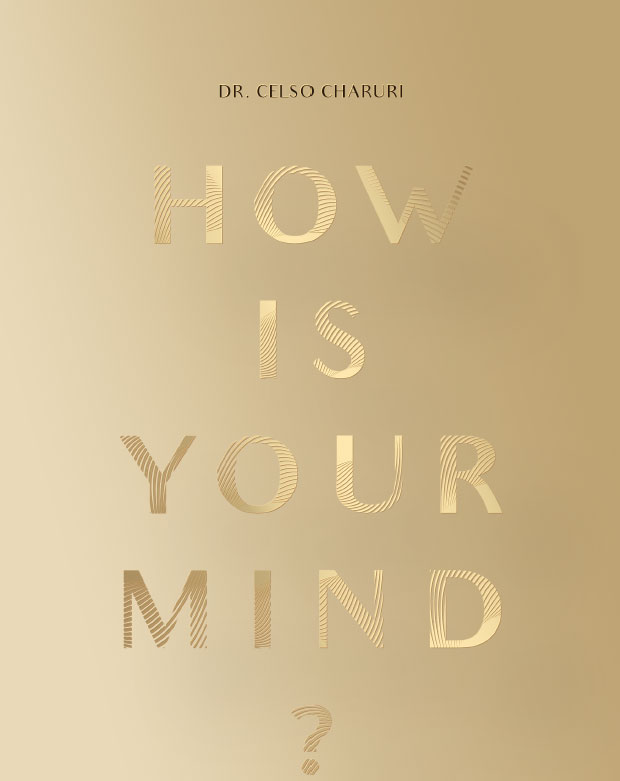Christian Pieta: hope in the passage to a new life
Christian Pieta: hope in the passage to a new life
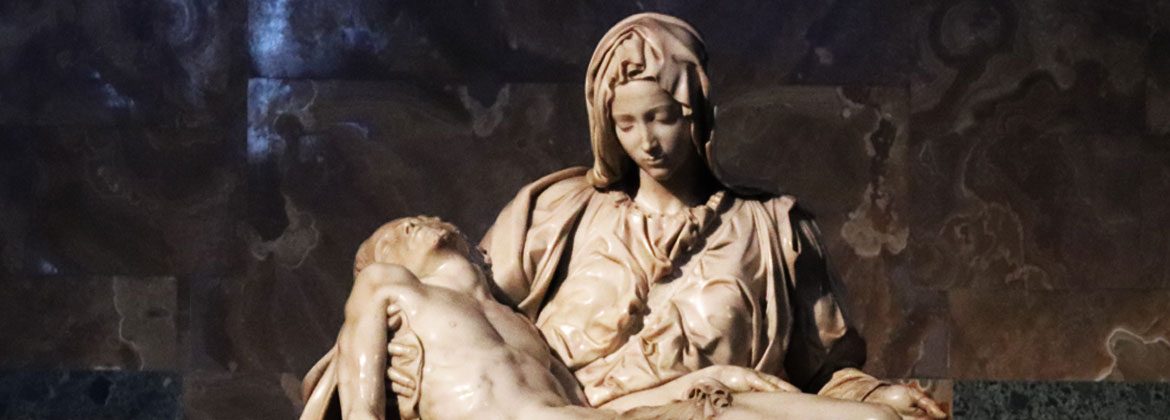
This story begins about 2000 years ago, in a small area east of the Mediterranean Sea, in the territory of Judea at the time dominated by the Romans, where a village called Bethlehem is located.
This particular day, a young mother gives birth to a baby, an event surrounded by great earthly and heavenly manifestations. The long-awaited child, announced by great prophets, prophetesses, wise men and magi of many generations, is given the name Jesus, and his mother, who is “Blessed among women,” was called Mary.
How happy is the mother of such a child, who in her arms rests peacefully covered by blankets and receiving warmth from her breast.
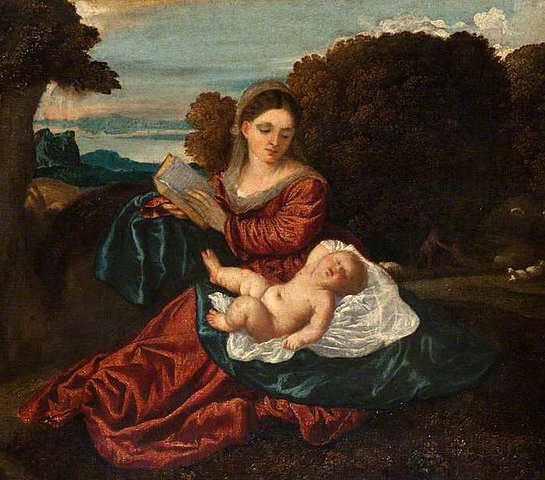
He was a child at the same time unique and different. He seemed like a light; more than a light: he was the Sun itself. In his arms, so small and fragile, it seemed impossible that he was anything other than a normal child. (*1)
But she knew, she was aware of the great mission that He would fulfill. The angel warned her, “You shall conceive by his word, and the child of your womb shall be called the son of the Most High.” (*2)
In a short time, peasants were already at the door of the cave begging the father, Joseph, to let them see the newborn, who was to be very special because, according to an angel who had announced earlier, he would be the savior of Israel.
Not many records have come down to us of the following years. From childhood, there is a passage of that mother in a moment of distress looking for her 12-year-old son in the streets of Jerusalem. It was almost evening of the third day when they found him with a group, sitting in the midst of doctors and scholars, listening and asking questions, leaving everyone surprised. (*3)
Years passed and the time has come. The hidden life of the son in the eyes of the world comes to an end, the mother senses. Public life begins. She accompanies, observes, cares. She sees the group of disciples that begins to form around her son and joins the group of women. Always around, always close.
Capernaum, Tiberias, Bethany and Jerusalem. The son who says, teaches, and performs miracles knows that he is being persecuted, that he will create enemies, because many will think that he will put the existing religion and politics at risk. But the message is different: “Beloved, let us love one another, because love comes from God, and everyone who loves is born of God and knows God. He who does not love does not know God, for God is love.” (*4)
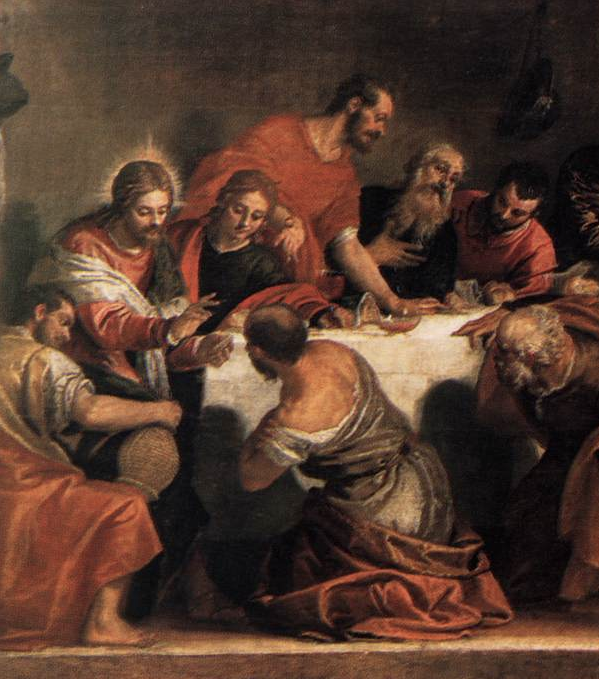
It is Pesach, it is nightfall. What will happen in the next few hours will be repeated by His followers every Passover in celebration of His life and His resurrection. The traditional roasted lamb will give way to bread and wine and a New Covenant will be made. “This do in remembrance of me!” (*5), asking them to repeat the gesture of sharing to future generations.
In the Garden of Olives he is arrested, then interrogated, tried, convicted and sentenced. The execution of the sentence was immediate, but that Friday was long and each event will be eternalized through the scriptures.
In front of the cross are the three Marys, like three shining stars. One of them is His mother. “Woman, here is your son,” is what He said to Mary, to then return to the disciple, “Here is your mother.” (*6)
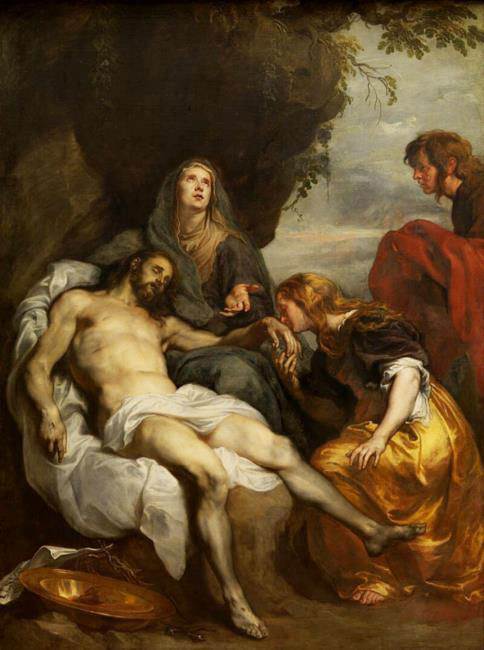
Time passes, the sun is overhead, noon. Jesus will not resist much longer, but first a rare phenomenon occurs. The gospels tell that the Sun disappeared and the whole Earth became dark. The other time she lost her son in Jerusalem, Mary found Him again on the third day, and now it will be necessary to also wait for the third day until He reappears.
The darkness gradually dissipates, daylight reappears. On Calvary, almost deserted, only the soldiers on duty, the executioners and the group of women remained. Some disciples, among them Joseph of Arimathea, climb the ladders and lower the body, which is handed over to Mary. The mother, always standing until this hour, sits down some distance from the cross and receives the livid body of her son on her knees. The Christian pieta has represented in this silent image the pain and serenity of the mother admiring the countenance of her son.
Back with her son in her arms, who strokes and bears all the pain at the same time, in an expression of hope in the resurrection and eternal life.
Is this the end? Or is it just the beginning?
(*1) The Secret Gospel of the Virgin Mary
(*2) The other Jesus, according to the apocryphal gospels
(*3) The Gospel of Luke, Chapter 2
(*4) Gospel of John, Chapter 4
(*5) Gospel of Luke, Chapter 22
(*6) Gospel of John, Chapter 19






